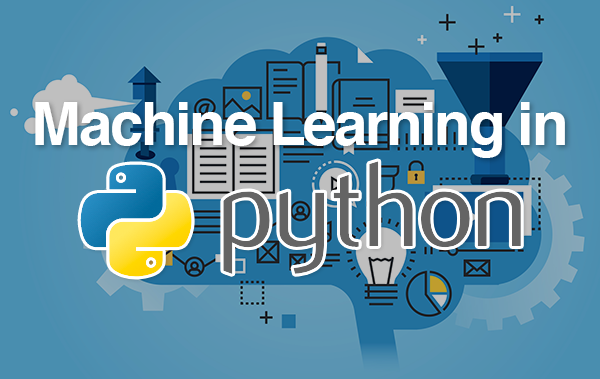Correlation Matrix Plots

A correlation matrix is a table that shows the correlation coefficients between multiple variables. Correlation matrix plots in Python are a way to visualize these correlation coefficients in a graphical format. In this essay, we will go over the steps needed to create correlation matrix plots in Python.
The first step is to load the data that you want to analyze. This can be done using a library such as Pandas or Numpy. Once the data is loaded, you can use the “corr()” function in Pandas to calculate the correlation coefficients between the variables. This function returns a correlation matrix that shows the correlation coefficients between all the variables in the dataset.
For example, if you have a dataset loaded into a Pandas DataFrame called “data”, you can use the “data.corr()” command to calculate the correlation coefficients between all the variables in the DataFrame. This command will return a correlation matrix that shows the correlation coefficients between all the variables in the DataFrame.
Once you have the correlation matrix, you can use the “heatmap()” function in the Seaborn library to create a correlation matrix plot. This function takes the correlation matrix as input and returns a heatmap that visualizes the correlation coefficients.
It’s important to note that correlation matrix plots are a great way to visualize the relationships between multiple variables in a dataset. They can also be used to identify correlated variables, which can be useful for feature selection in machine learning models.
Another important aspect to consider is that correlation matrix plots can be customized to show different levels of correlation with different colors. For example, a correlation coefficient of 1 can be shown in red, while a correlation coefficient of -1 can be shown in blue, and the values in between can be shown in different shades of red and blue.
In conclusion, correlation matrix plots in Python are a useful tool to visualize the correlation coefficients between multiple variables in a dataset. They can be created by calculating the correlation coefficients using the “corr()” function in Pandas and visualizing them using the “heatmap()” function in the Seaborn library. Correlation matrix plots can be used to identify correlated variables, which can be useful for feature selection in machine learning models. Moreover, correlation matrix plots can be customized to show different levels of correlation with different colors, this can be useful to understand the relationships between variables with a quick glance.
In this Applied Machine Learning & Data Science Recipe (Jupyter Notebook), the reader will find the practical use of applied machine learning and data science in Python programming: Correlation Matrix Plots.
What should I learn from this recipe?
You will learn:
- Correlation Matrix Plots.
Correlation Matrix Plots:
Disclaimer: The information and code presented within this recipe/tutorial is only for educational and coaching purposes for beginners and developers. Anyone can practice and apply the recipe/tutorial presented here, but the reader is taking full responsibility for his/her actions. The author (content curator) of this recipe (code / program) has made every effort to ensure the accuracy of the information was correct at time of publication. The author (content curator) does not assume and hereby disclaims any liability to any party for any loss, damage, or disruption caused by errors or omissions, whether such errors or omissions result from accident, negligence, or any other cause. The information presented here could also be found in public knowledge domains.
Learn by Coding: v-Tutorials on Applied Machine Learning and Data Science for Beginners
Latest end-to-end Learn by Coding Projects (Jupyter Notebooks) in Python and R:
Applied Statistics with R for Beginners and Business Professionals
Data Science and Machine Learning Projects in Python: Tabular Data Analytics
Data Science and Machine Learning Projects in R: Tabular Data Analytics
Python Machine Learning & Data Science Recipes: Learn by Coding